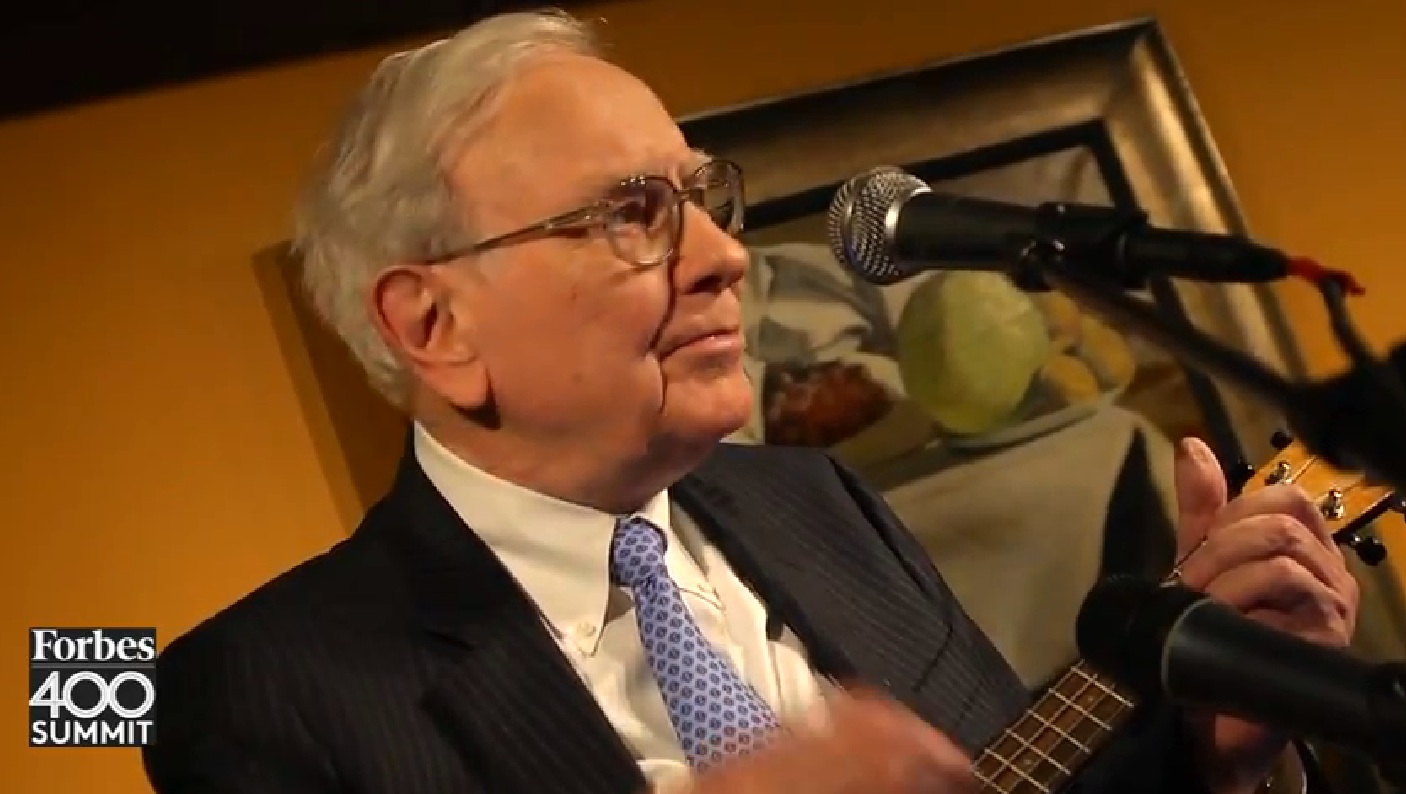This month we participated in The Wharton School, University of Pennsylvania’s first Private Wealth Management course held in Miami. One of BigSur’s cornerstones is education: educating our clients on themes most relative to them, and also continually educating ourselves. One of our objectives in attending Wharton’s PWM course was to learn about the latest advancements in financial analysis and try to be at the cutting edge of investment techniques and manager performance evaluation.
From a strictly practical standpoint, one of the most interesting and extremely relevant parts of the course was the discussion on the performance of one of our core equity investments: Berkshire Hathaway. Finance Professors from the Wharton School of Business, Chris Geczy and Craig MacKinlay, discussed a new and very in-depth working paper from the National Bureau of Economic Research (by Andrea Frazzini, David Kabiller and Lasse H. Pedersen), which dissects the great historic performance attribution of the Maestro, Warren Buffett.
First Look: Typical Risk Measures
Buffett’s track record is clearly outstanding. A dollar invested in Berkshire Hathaway in November 1976 would have been worth more than $1500 at the end of 2011. Over this time period, Berkshire realized an average annual return of 19.0% in excess of the T-Bill rate, significantly outperforming the general stock market’s average excess return of 6.1%.
Berkshire stock entailed more risk, realized a volatility of 24.9% (higher than the market volatility of 15.8%). However, Berkshire’s excess return was high even relative to its risk, earning a Sharpe Ratio of 0.76 (19.0%/24.9%), nearly twice the market’s Sharpe Ratio of 0.39. Berkshire realized a market beta of only 0.7, an important point that we will discuss in more detail when we analyze the types of stocks that Buffett buys. Adjusting Berkshire’s performance for market exposure, we compute its Information Ratio to be 0.66.
Chart 1: Value Generated by BRK from 1976-2013
While this Sharpe Ratio is very good but not super-human (like for example Bridgewater’s Dalio above 1), then how did Buffett become among the richest in the world?
Looking Beyond: Leverage, Selection and Succession
The answer is that Buffett has boosted his returns by using leverage, and that he has stuck to a good strategy for a very long time period, surviving rough periodsmwhere others might have been forced into a fire sale or a career shift. The authors of the National Bureau of Economics paper estimate that Buffett applies a leverage of about 1.6-to-1, boosting both his risk and excess return in that proportion.
This leaves the key question: How does Buffett pick stocks to achieve this attractive return stream that can be leveraged? They identify several features of his portfolio: He buys stocks that are “safe” (with low beta and low volatility), “cheap” (i.e., value stocks with low price-to-book ratios), and “high- quality” (meaning stocks that profitable, stable, growing, and with high payout ratios). Thus, Buffett’s returns appear to be neither luck nor magic, but, rather, reward for the use of leverage combined with a focus on cheap, safe, quality stocks.
The performance of the publicly traded companies is a measure of Buffett’s stock selection ability whereas the performance of the privately held companies additionally captures his success as a manager. Buffett relies heavily on private companies as well, including insurance and reinsurance businesses. Why? One reason the academics demonstrate might be that this structure provides a steady source of financing, allowing him to leverage his stock selection ability. Indeed, we find that 36% of Buffett’s liabilities consist of insurance float with an average cost below the T-Bill rate.
One of the largest risk factors affecting BRK/a is succession risk, as Mr. Buffett is 83 years old. However, newly published information confirms that the pupils are beating the master at Berkshire Hathaway. The two managers seen as potential successors to Warren Buffett have netted better returns than the renowne investor.
Both Todd Combs and Ted Weschler outdid both Mr. Buffet and the S&P500 in the last 2 years (since they’ve took over the management of $14B of the total $100B in public equityportfolio). With Berkshire’s market value approaching $300B and around $200B being tied to operating businesses, it has gotten harder for the company to get a big percentage gain in net worth expressed in book value per class A share, Mr. Buffett’s preferred yardstick.
Extract of January’s 2014 edition of “The Thinking Man’s Approach”, by Ignacio Pakciarz, CEO of BigSur Partners
You may access the full report through this link.

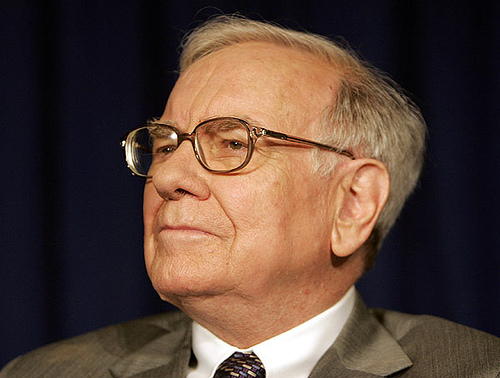

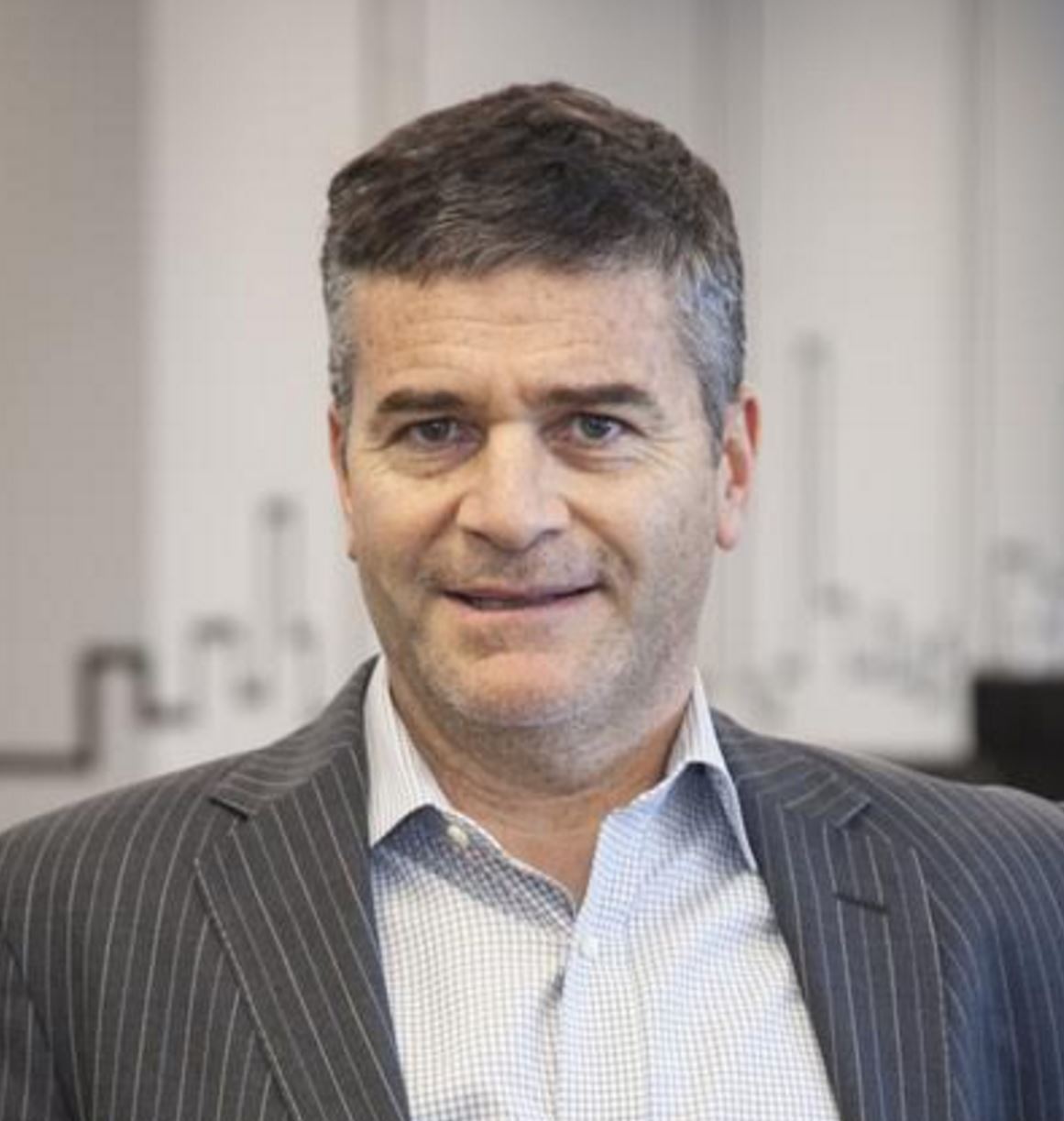
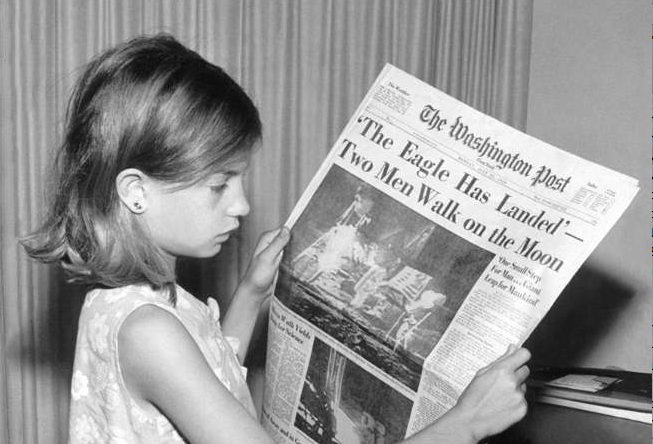
 For Alicia Jimenez
For Alicia Jimenez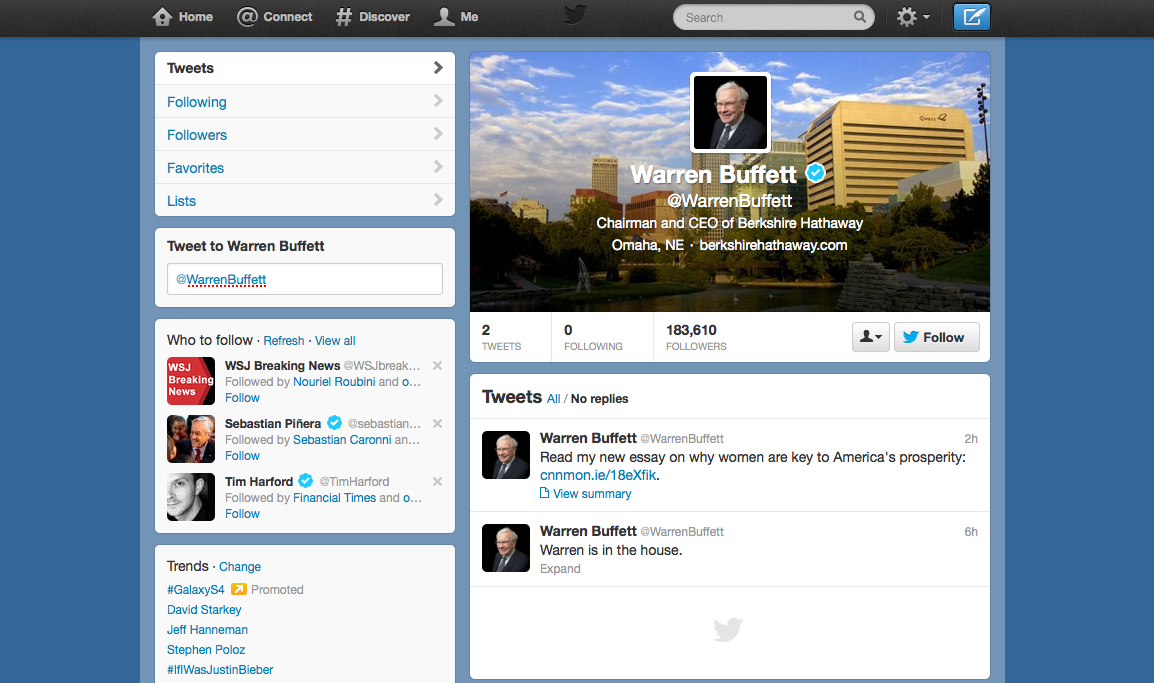
 For Fórmate a Fondo
For Fórmate a Fondo